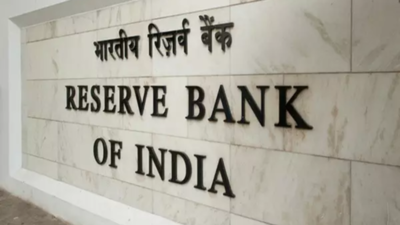
Mumbai: The Reserve Bank of India (RBI) has announced a transformative measure allowing foreigners to open rupee-denominated accounts in overseas branches of Indian banks. This initiative is part of India’s broader strategy to internationalize the rupee and enhance its relevance in global trade and investment.
Key Highlights of the Announcement
Who Can Open Accounts?
Foreign nationals and entities are eligible to open Special Rupee Accounts in branches of Indian banks with authorized dealer licenses located outside India.
Purpose of Accounts:
These accounts will facilitate cross-border payments and receipts for activities linked to India, including trade settlements, investments, and remittances.
Simplifying Transactions:
The measure aims to reduce dependency on intermediary currencies like the US dollar or euro for transactions related to India, enhancing ease of doing business.
Scope of Activities:
Payments can be made for imports and exports with India, foreign investments, remittances, and other RBI-approved activities.
Implications for Global Trade and Investment
Boost to the Rupee’s International Role:
Encouraging rupee accounts abroad will promote the currency as a preferred option for international transactions, contributing to its acceptance in global markets.
Enhanced Trade Efficiency:
Direct rupee transactions will minimize conversion costs and currency fluctuation risks for businesses trading with India.
Attracting Foreign Investment:
Simplified payment systems can attract more foreign investors to India, as transactions in local currency eliminate reliance on third-party currencies.
Strengthening Banking Networks:
Indian banks with international branches stand to benefit from increased engagement with foreign customers, expanding their global footprint.
RBI’s Vision for a Globalized Rupee
The RBI has been actively working toward integrating the rupee into the global financial system:
Bilateral Trade Agreements: India has initiated trade agreements with countries like the UAE, Russia, and Indonesia, focusing on rupee-based transactions.
Digital Currency Efforts: The launch of India’s Central Bank Digital Currency (CBDC) is another step toward modernizing payment systems and promoting the rupee globally.
Reactions to the Policy
Industry Experts:
Economists view this as a bold step to enhance India’s economic stature. “This move could position India as a trade hub by offering a localized currency option,” said an industry analyst.
Business Community:
Exporters and importers have welcomed the decision, citing reduced transactional costs and greater predictability in trade settlements.
Global Perspective:
The policy is likely to attract attention from countries looking for alternatives to the dollar-dominated global financial system.
Challenges and Considerations
Regulatory Compliance:
Indian banks must ensure strict adherence to anti-money laundering (AML) and know-your-customer (KYC) guidelines to maintain the system’s integrity.
Adoption Rate:
The success of the policy depends on how quickly foreign businesses and individuals adopt rupee accounts.
Infrastructure Readiness:
Indian banks need robust systems to manage the anticipated surge in international transactions.
Conclusion
The RBI’s move to allow foreigners to open rupee accounts in overseas branches of Indian banks represents a strategic milestone in India’s economic journey. It not only simplifies cross-border transactions but also strengthens the rupee’s standing in the global economy. By reducing reliance on foreign currencies and fostering direct rupee trade, India takes another step toward becoming a pivotal player in the international financial landscape.






